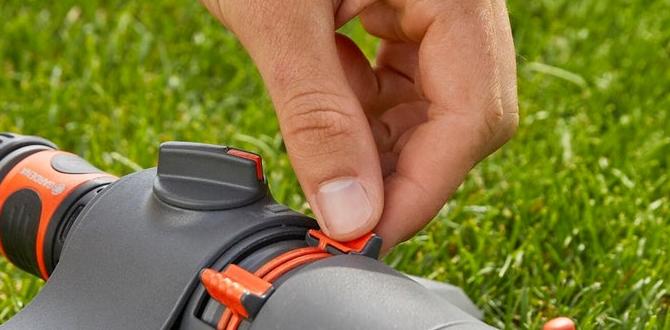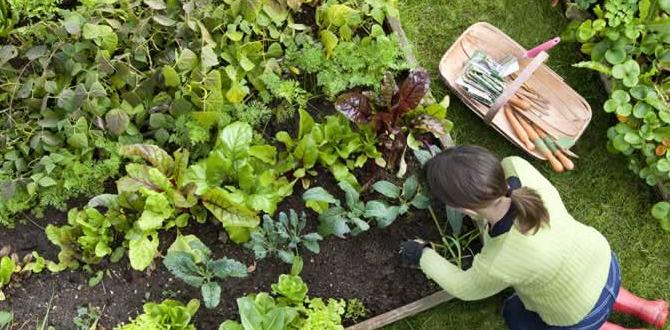In today’s fast-paced and technology-driven world, it can be easy to overlook the importance of incorporating nature into our daily lives. However, the benefits of having plants in our homes and offices are undeniable.
Not only do they add a touch of beauty and tranquillity to our surroundings, but they also have numerous health benefits, such as improving air quality and reducing stress levels.
But what exactly is an inch plant, and how can we ensure its health and growth? We will delve into how to grow a healthy inch plant and provide you with a comprehensive guide on how to grow and maintain a healthy inch plant. From proper care to potential difficulties and solutions, we will equip you with all the knowledge and tools necessary to grow this versatile and beautiful plant successfully.

What Are Inch Plants?
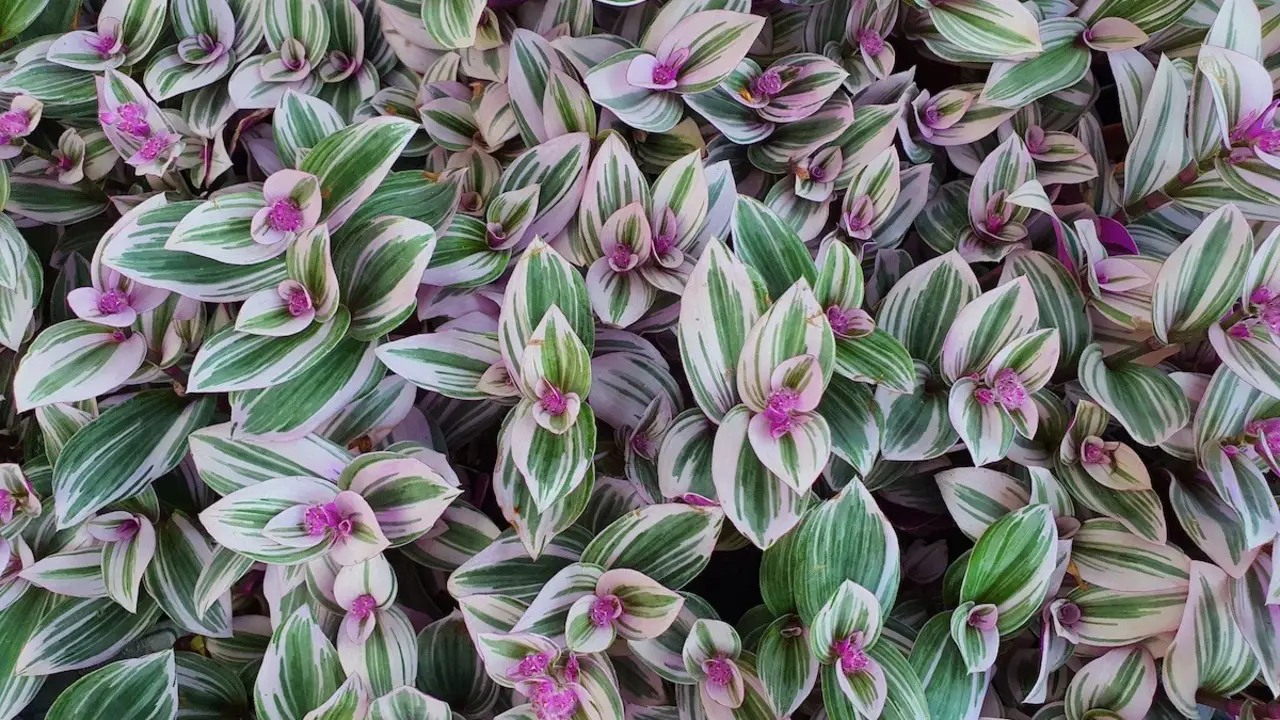
Inch plants, scientifically known as Tradescantia zebrina, are a type of perennial plant that belongs to the Commelinaceae family. These plants are native to Mexico and Central America and are widely cultivated for their attractive foliage.
Inch plants are characterized by their trailing stems, which can grow up to several feet in length. The leaves of inch plants are ovate and succulent, with vibrant green colouration and striking purple undersides that give them a unique and eye-catching appearance.
Types Of Inch Plants
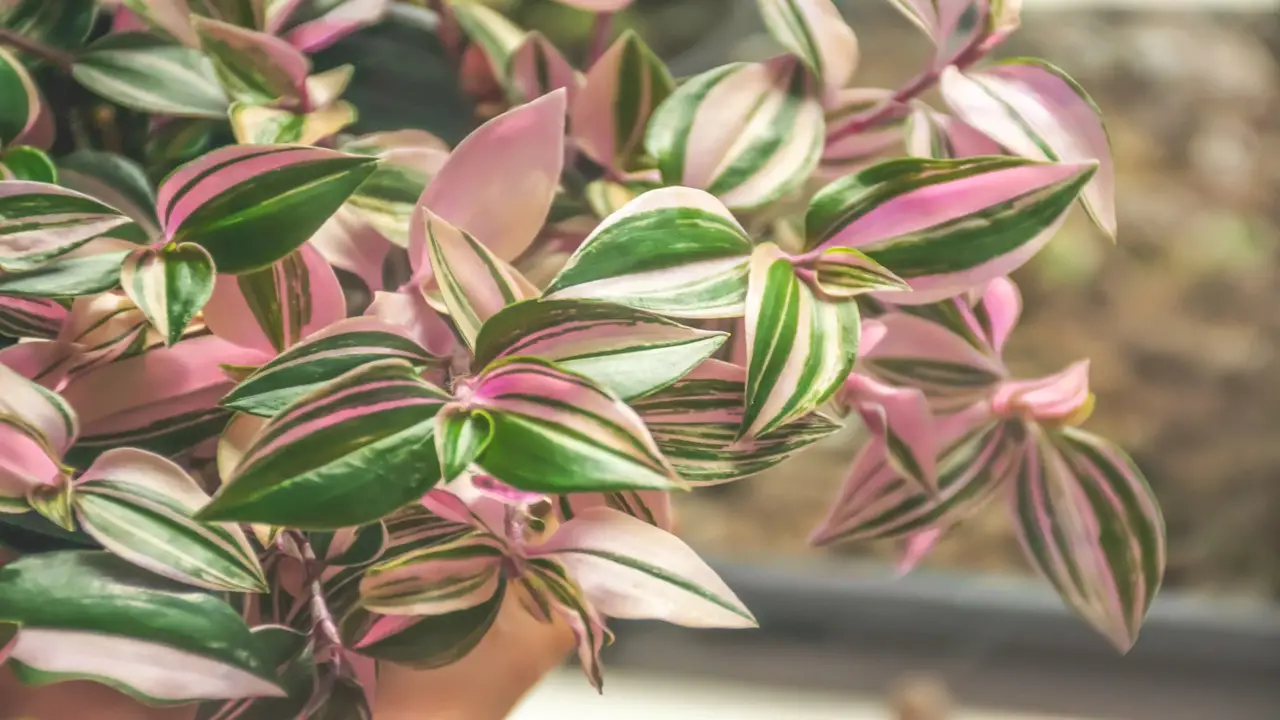
Understanding the different types of inch plants is crucial for horticulturists, gardeners, and plant enthusiasts alike. Inch plants, scientifically known as Tradescantia, are a diverse group of flowering plants that are valued for their ornamental beauty and versatility. They are characterized by their vibrant foliage, which comes in various shades of green, purple, and silver.
- Tradescantia Zebrina (Wandering Jew): This type of inch plant has green leaves with silver stripes and purple undersides. It is known for its trailing growth habit and is popular as a hanging or trailing plant.
- Tradescantia Fluminensis (Smallleaf Spiderwort): This inch plant has small, oval-shaped leaves that are green or variegated with white or cream stripes. It is a fast-growing plant and is commonly used as ground cover or in hanging baskets.
- Tradescantia Pallida (Purple Heart): Also known as Purple Heart or Purple Queen, this inch plant has striking purple leaves that are long and lance-shaped. It is a popular choice for adding a pop of colour to gardens or as a trailing plant in containers.
- Tradescantia Virginiana (Spiderwort): This variety of inch plant has broader leaves that are usually green or variegated with white or silver. It produces clusters of small, colourful flowers and is often.
The Notable Features Of Inch Plants
Understanding the notable features of inch plants is crucial for horticulturists, plant enthusiasts, and individuals interested in cultivating indoor greenery. Inch plants, scientifically known as Tradescantia zebrina, are popular for their unique characteristics that make them stand out among other houseplants.
- Inch plants, scientifically known as Tradescantia zebrina, are popular houseplants known for their attractive foliage.
- They have elongated, succulentlike leaves that are usually a combination of green and purple, creating a striking striped or zebralike pattern.
- The leaves of inch plants are fleshy and have a glossy texture, which gives them a unique and eye-catching appearance.
- These plants are fast-growing and can quickly spread and trail, making them great choices for hanging baskets or ground covers.
- Inch plants are relatively low maintenance and can thrive in a variety of lighting conditions, although they prefer bright, indirect light.
- They are also known for their ability to purify the air, helping to remove toxins and improve indoor air quality.
- Inch plants are versatile and can be easily propagated through stem cuttings, allowing for easy propagation and sharing with others.
- They require regular watering to keep the soil evenly moist, but they can tolerate some dryness between
Tools Of Grow A Healthy Inch Plant
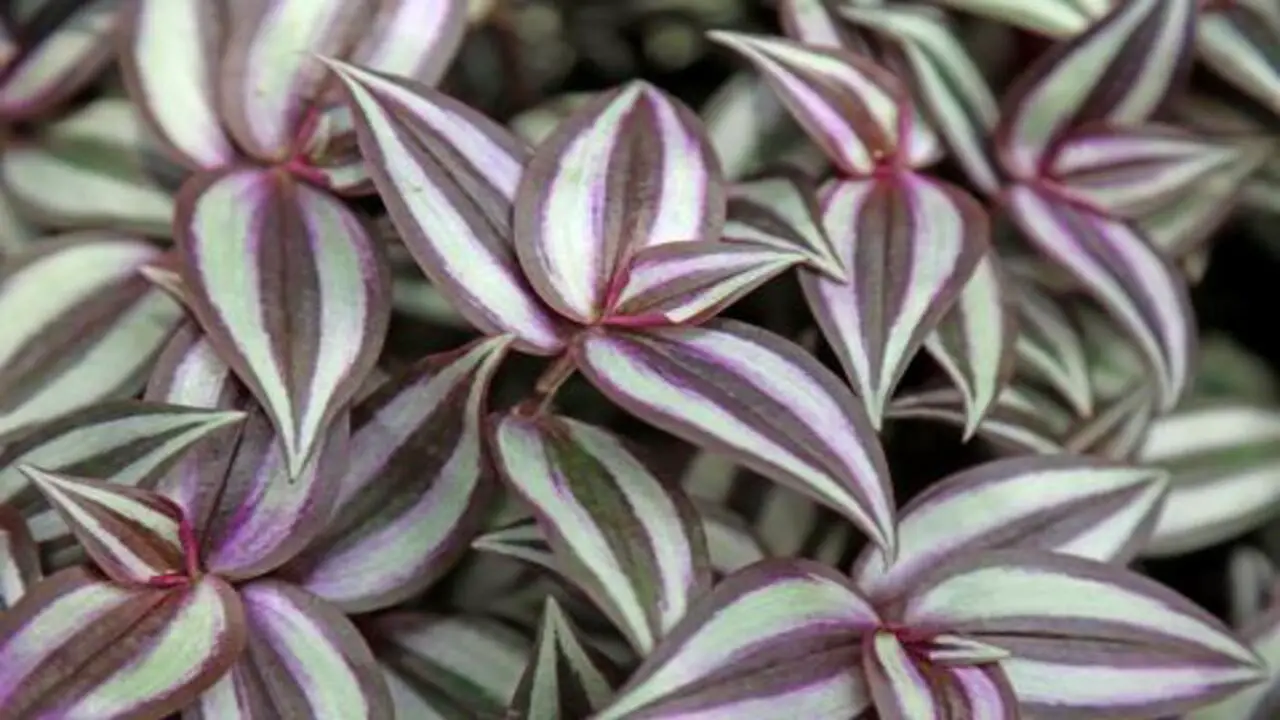
Understanding the tools and techniques necessary to grow a healthy inch plant is of utmost importance for both experienced gardeners and beginners alike. The inch plant, also known as Tradescantia zebrina, is a popular choice for its vibrant foliage and easy care requirements. However, without the proper knowledge of the tools needed to cultivate and maintain this plant, its health and beauty may be compromised.
- Pruning Shears Or Scissors: To trim and shape the inch plant for optimal growth.
- Plant Stakes Or Trellis: To provide support for the inch plant as it grows upwards.
- Pot Or Container: To house the inch plant and provide necessary drainage.
- Potting Soil Or Well-Draining Soil Mix: To ensure proper nutrients and moisture for the inch plant.
- Fertilizer: To provide additional nutrients for healthy growth.
- Watering Can Or Hose: To water the inch plant regularly and keep the soil moist.
- Spray Bottle: To mist the leaves of the inch plant to increase humidity.
- Sunlight Or Grow Lights: To provide adequate light for the inch plant’s photosynthesis.
- Humidity Tray: To increase humidity levels around the inch plant, especially during dry seasons.
- Insecticidal Soap Or Neem Oil: To treat and prevent pest infestations on the inch plant.
- Gloves: To protect your hands while handling the inch plant and its
7 Ways How To Grow A Healthy Inch Plant

Knowing how to grow a healthy inch plant is important for any plant enthusiast or garden lover. The inch plant, also known as Tradescantia zebrina, is a popular choice for indoor or outdoor spaces due to its vibrant foliage and easy-care requirements. Understanding the ways to cultivate a healthy inch plant is vital in ensuring its longevity and beauty. Here are seven steps to grow a healthy inch plant.
1.Add Water Occasionally
When you’re looking to grow a healthy inch plant, there are a few essential steps you need to follow. First and foremost, one of the most crucial aspects of caring for an inch plant is to ensure it receives adequate water.
While they don’t require excessive watering, it is essential to add water occasionally to maintain the plant’s hydration levels. This can be done by checking the moisture content of the soil regularly and only watering when the top inch or so feels dry to the touch. Overwatering can lead to root rot and other issues, so it’s important to strike a balance.
2.Consider Your Local Climate
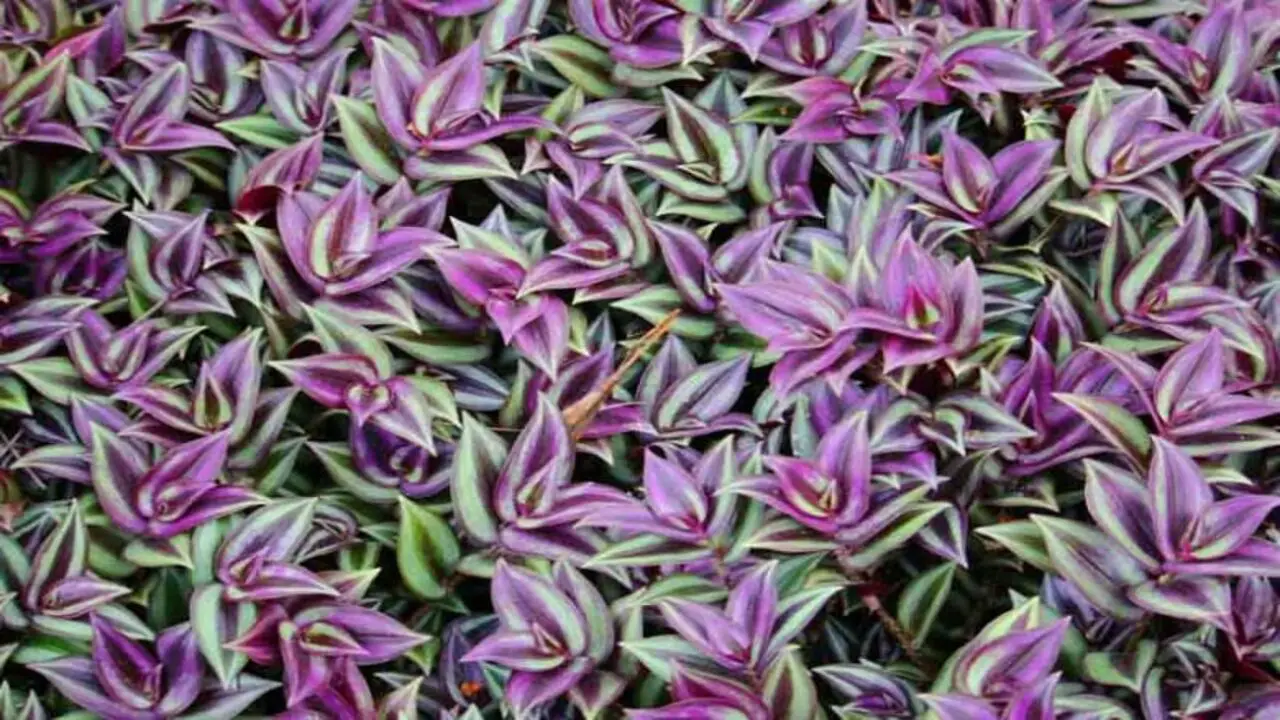
When considering your local climate, there are several key factors to keep in mind when it comes to growing a healthy inch plant. First and foremost, it is essential to understand the specific requirements of your chosen plant species and how they align with the climate conditions in your area.
Conducting thorough research on the optimal temperature, humidity, and light levels for inch plants will give you a solid foundation for success. Once you have a clear understanding of the ideal climate conditions for your inch plant, you can begin implementing strategies to create a suitable environment.
In regions with hotter climates, providing shade and ensuring proper ventilation can help prevent the plant from wilting or suffering from heat stress. On the other hand, in cooler climates, utilizing protective coverings or bringing the plant indoors during colder months can ensure its survival.
3.Give Them Enough Light
When you are a plant enthusiast looking to grow a healthy inch plant, it is essential to give them enough light. Adequate lighting is crucial for the growth and development of any plant, including the inch plant. There are several ways you can ensure that your inch plant receives the right amount of light to thrive.
Consider placing your inch plant near a window where it can receive indirect sunlight. This will provide the plant with the necessary light without exposing it to direct, intense rays that could potentially harm the leaves. It is important to note that different varieties of inch plants have varying light requirements, so it is essential to research the specific needs of your plant and adjust accordingly.
4.Manage Pest Problems
One of the key aspects of maintaining a healthy garden is effectively managing pest problems. Pests can pose a significant threat to the growth and vitality of plants, leading to decreased productivity and potential damage.
Therefore, gardeners need to adopt proactive strategies to address and control these issues. To manage pest problems, it is crucial to employ a combination of organic and integrated pest management (IPM) techniques.
Organic methods, such as introducing beneficial insects and utilizing natural repellents, can help to keep pests at bay without the use of harmful chemicals. Additionally, IPM strategies involve monitoring the garden regularly, identifying potential pest threats, and taking appropriate measures to prevent their proliferation.
5.Prepare For Propagation
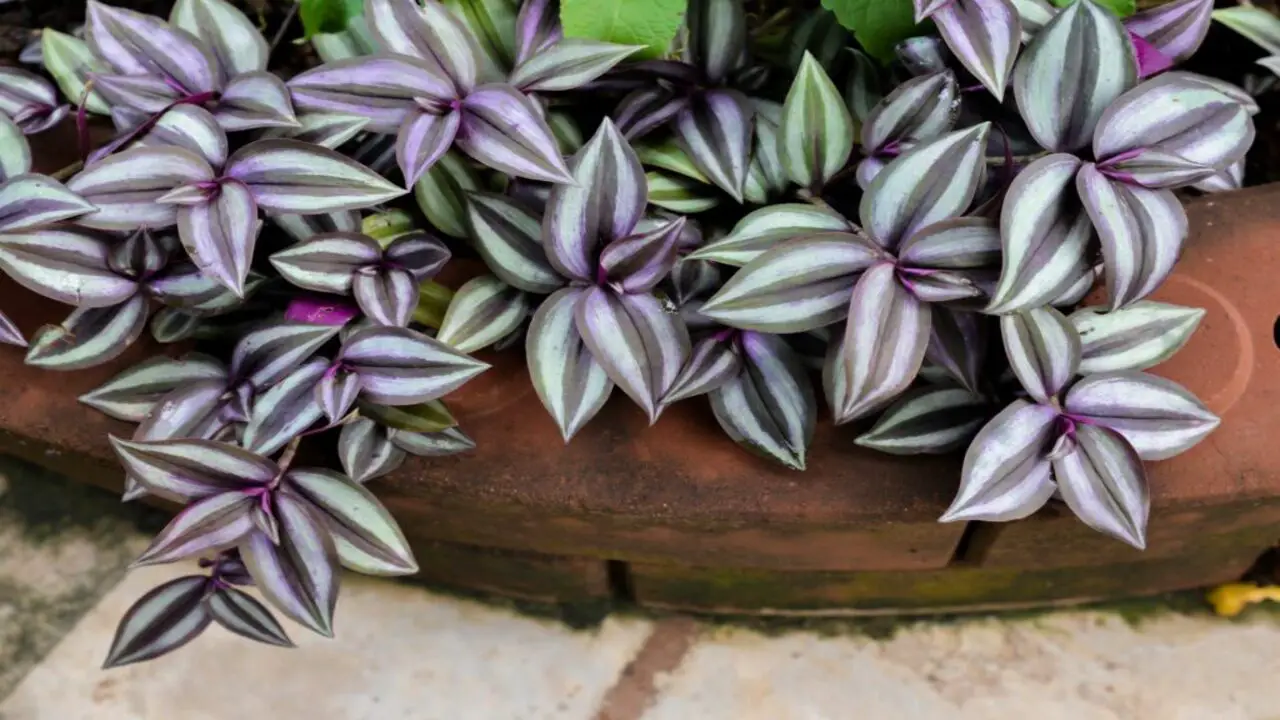
Regarding growing a healthy inch plant, proper preparation for propagation is crucial. There are several effective ways to ensure the successful growth and development of this popular houseplant. Start by selecting a healthy and mature-inch plant specimen. Look for vibrant green leaves, strong stems, and no signs of pests or diseases. Once you have chosen the ideal plant, it is important to prepare the soil or potting mix appropriately.
Inch plants thrive in well-draining soil that is rich in organic matter. Incorporating compost or peat moss can help improve the soil’s fertility and drainage capabilities. Consider the method of propagation that suits your preferences and the plant’s needs. Inch plants can be propagated through stem cuttings or division. For stem cuttings, select a healthy and non-flowering stem, around four to six inches in length.
6.Try Out Fertilizer
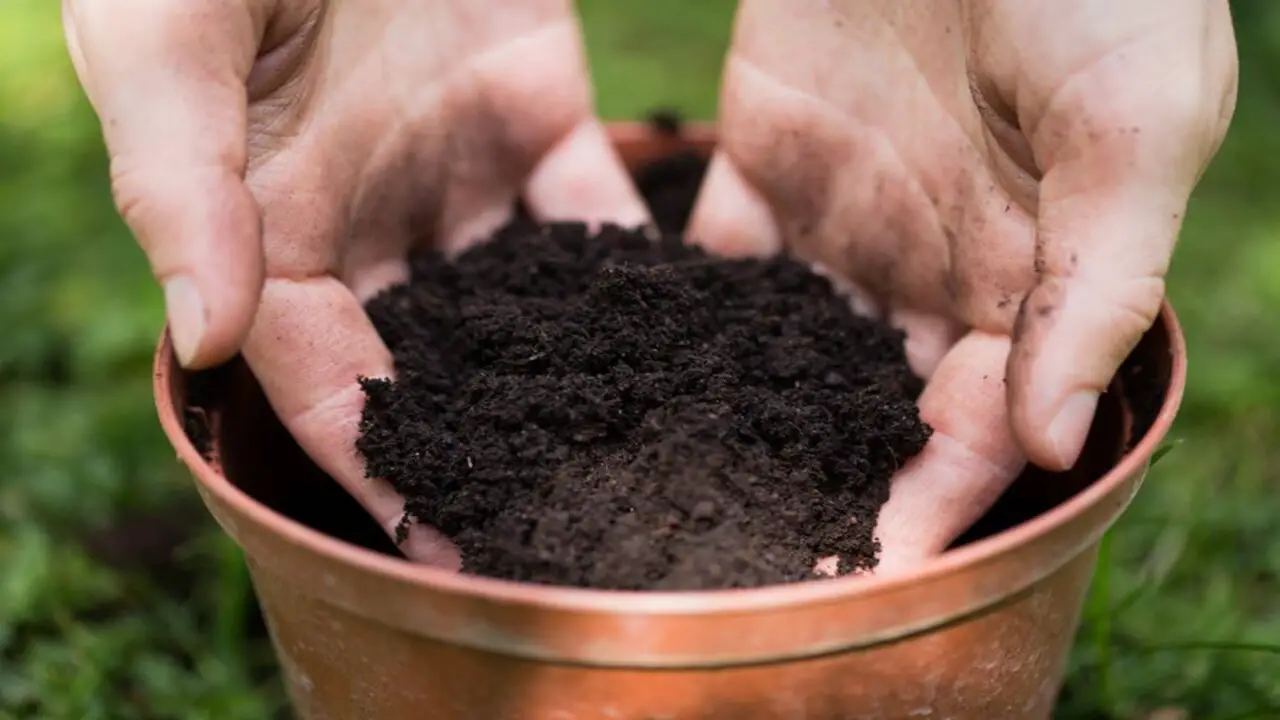
Regarding growing a healthy inch plant, there are several key factors to consider. One of the most important aspects is the use of fertilizer. Fertilizer plays a crucial role in providing the necessary nutrients for the inch plant to thrive and reach its full potential.
There are various ways to try out fertilizer and ensure optimal growth. It is essential to choose the right type of fertilizer for your inch plant. Nitrogen-rich fertilizers are often recommended as they promote lush foliage growth.
However, it is important to select a balanced fertilizer that includes other essential nutrients, such as phosphorus and potassium, to support overall plant health. The timing of fertilizer application is vital. It is recommended to apply fertilizer during the active growing season, usually in spring and summer. This allows the inch plant to absorb the nutrients effectively and utilize them for vigorous growth.
7.Use The Right Potting Soil
Regarding growing a healthy inch plant, one of the key factors to consider is the use of the right potting soil. The right potting soil provides the necessary nutrients, drainage, and moisture retention that the inch plant needs to thrive.
Before planting the inch plant, it is important to choose a potting soil specifically formulated for houseplants. This type of soil is typically lightweight and well-draining, allowing for sufficient air circulation around the roots. Additionally, it should have a good balance of organic matter and minerals to support the plant’s growth.
To ensure optimal growth, experts recommend mixing the potting soil with perlite or vermiculite to improve drainage. These additives help prevent the soil from becoming waterlogged, which can lead to root rot. Proper drainage is essential for preventing waterlogged soil and ensuring that the inch plant’s roots receive the necessary oxygen.
Difficulties And Solutions Of Grow A Healthy Inch Plant
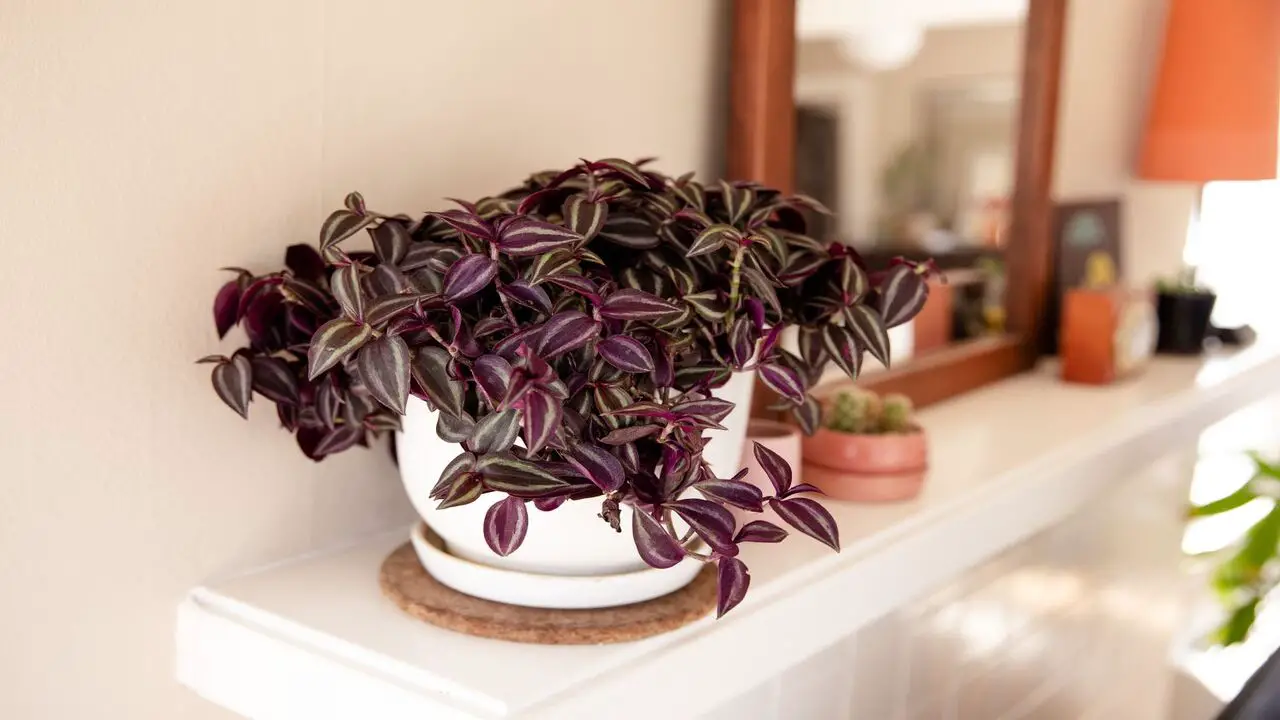
Knowing the difficulties and solutions of growing a healthy inch plant is essential for any avid gardener or plant enthusiast. By understanding these challenges and effective remedies, one can ensure the thriving growth of this popular houseplant. one of the main difficulties encountered when growing an inch plant is overwatering.
This can lead to root rot and subsequent damage to the plant’s health. To avoid this, it is crucial to provide proper drainage by using well-draining soil and pots with drainage holes.
- Difficulty: Insufficient sunlight
- Solution: Place the inch plant in a location that receives bright, indirect sunlight or use artificial grow lights to provide adequate light.
- Difficulty: Overwatering
- Solution: Allow the soil to dry out slightly between waterings and ensure proper drainage by using well-draining soil and pots with drainage holes.
- Difficulty: Nutrient deficiencies
- Solution: Use a balanced fertilizer specifically formulated for houseplants and follow the recommended dosage to provide the necessary nutrients for healthy growth.
- Difficulty: Pests infestation (e.g., spider mites, mealybugs)
- Solution: Regularly inspect the plant for any signs of pests and use appropriate organic or chemical control methods to eliminate them.
- Difficulty: Improper pruning
- Solution: Learn proper pruning techniques and regularly trim the inch plant to promote bushier growth and prevent legginess.
Conclusion
Growing a healthy inch plant requires patience, consistency, and proper care. From choosing the right potting soil to providing adequate sunlight and regular watering, each step plays a crucial role in the growth and well-being of this beautiful plant. By following these tips and being attentive to its needs, you can ensure that your inch plant flourishes and adds a touch of greenery to your home or office space.
Remember, a little love and attention go a long way in nurturing any living being, and your inch plant is no exception. So go ahead and start your journey to a healthy and thriving inch plant today. If you read the above outline properly, we hope you now understand how to grow a healthy inch plant.
FAQ
1.What Are The Basic Care Requirements For Growing A Healthy Inch Plant?
To grow a healthy inch plant, provide it with bright, indirect light, moderate humidity, and well-draining soil. Water it thoroughly when the top inch of soil feels dry.
2.How Often Should I Water My Inch Plant?
Water your inch plant regularly, allowing the top inch of soil to dry out between waterings. Avoid overwatering, as it can lead to root rot and other issues.
3.Can I Propagate My Inch Plant To Grow More Plants?
Yes, inch plants can be easily propagated by stem cuttings. Cut a healthy stem below a node, place it in water or moist soil, and watch it develop roots and new growth.
4.Are There Any Common Pests Or Diseases That Affect Inch Plants?
Yes, common pests and diseases can affect inch plants (Tradescantia spp.). Some common pests that can infest inch plants include spider mites, aphids, and mealybugs. These pests can cause damage to the leaves, leading to discolouration, wilting, or stunted growth.
5.Can I Propagate My Inch Plant?
Yes, you can propagate your inch plant. One common method is through stem cuttings. Cut a healthy stem below a node and remove any lower leaves. Place the cutting in water or moist soil, and after a few weeks, roots should start to develop.

